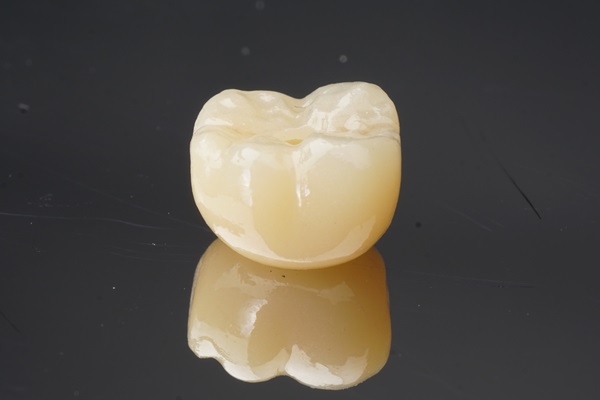How Dental Crowns Can Restore a Tooth’s Function and Appearance

Dental crowns, or tooth caps, are a common dental restoration for fixing broken, cracked, or decaying teeth. The goal of this dental restoration is to improve the size, shape, strength, and aesthetics of the tooth. Your teeth and the severity of the issue will determine whether the dentist suggests a dental crown for you. In this article, you will learn about how crowns can improve your oral health and smile’s appearance.
An overview of dental crowns
Dental crowns are great for fixing many different issues. It is a long-term and effective fix for issues related to oral health and aesthetics. The materials used for making crowns include metal, porcelain, and composite. To choose the best material for your situation, the dentist will consider the tooth's color, its location in the mouth, and the patient's preferences. The general dentist often suggests porcelain crowns because they are customizable to blend with the rest of the teeth.
When to get dental crowns
Damage to the tooth can happen due to an accident or an underlying issue. If a tooth has decay or injury, a crown may cover it and hide the imperfection. Following the removal of the diseased or damaged structure of the tooth, the crown protects the healthy portion of the tooth. The broken tooth will then be covered with a crown to seal off any potential entry points for bacteria.
A crown may also cover up broken teeth's visible edges. It is important to see a dentist right away if the tooth gets damaged so they can treat it and prevent additional damage or potential tooth loss. It could also prevent the need for more complex and costly operations in the future.
A dental filling may not be able to fix a tooth if the cavity is too big. There must be sufficient tooth structure to support the dental filling for it to be effective. In such cases, a crown might be the better option to restore stability.
Placing the dental crown
Essentially, a dental crown covers and replaces the whole visible part of a tooth, which is positioned above the gumline. After placing the crown over the tooth, it becomes its outermost layer. Two visits to the dentist are required to place a dental crown on a tooth. During the first visit, the dentist will examine the tooth and prepare it for treatment. This often means removing a thin layer of the enamel to create adequate room for the crown so the tooth does not look unnecessarily bulky. Afterward, they will take impressions of the prepared tooth, which will be sent to the dental lab to create a custom crown.
When the crown is ready, patients will return to the dental office for placement. If a temporary crown is placed over the tooth, it will be removed first. The dentist will use dental cement to hold the new crown over the tooth. They will check the fit and make adjustments if necessary.
In conclusion
You should visit a general dentist if you see any signs of decay or damage to one of your teeth. Your dentist can advise you on whether a dental crown is the right choice for your teeth. Be sure to keep up with your regular dental cleanings after getting a crown. To learn more, book an appointment with our dental office today.
Request an appointment here: https://www.spadentalgroupdc.com or call SPA Dental Group DC at (202) 407-9665 for an appointment in our Washington office.
Check out what others are saying about our dental services on Yelp: Dental Crowns in Washington, DC.
Related Posts
Tooth extraction is a common procedure in same day dentistry. It is often necessary when there is an infection or damage so severe that the tooth cannot be saved, or in case of tooth impaction. Read on to discover tips to ensure full recovery following an extraction procedure.Regardless of the reason for tooth removal, the…
When a tooth develops a cavity, a tooth filling will be required to repair the tooth and restore its function and appearance. Since tooth pain is often the first sign of a cavity, it is normal for patients to be worried about what they will feel during the filling procedure. This article focuses on what…
When visiting a cosmetic dentist, most are looking for a smile makeover. Many procedures can help improve the appearance and function of your smile, and most only take one or two visits. Here are five of our practice’s most popular cosmetic dentistry treatments.Many patients seek a cosmetic dentist when their at-home whitening treatments deliver less-than-desirable…
During a smile makeover, a cosmetic dentist typically performs two or more procedures as part of an overall plan to improve a smile's appearance. Therefore, the definition of a smile makeover can be very broad and customizable. Smile makeovers can even be as simple as one procedure, such as dental veneers. A smile makeover plan…
